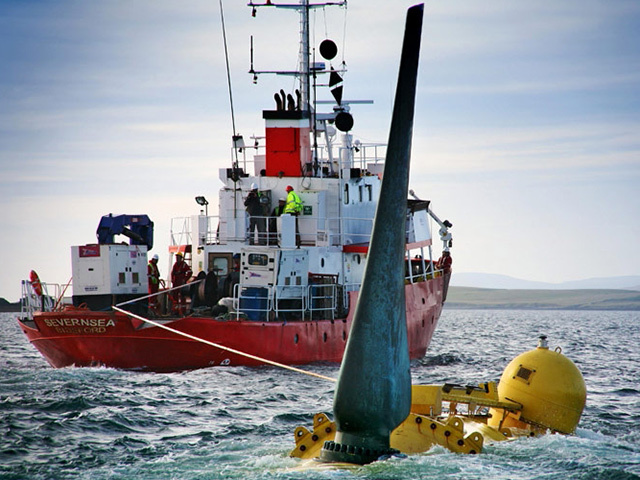
Plans to cut the cost of transmitting electricity from the islands and northern Scotland have been unveiled, paving the way for new investment in renewables.
Power sector regulator Ofgem said yesterday that a new transmission charging system for the islands could be introduced from next April.
A study commissioned in May by the UK and Scottish governments showed that the creation of 10,000 jobs from investment in wind, wave and tidal energy schemes as being held back on the islands due to disproportionately high costs.
The proposed changes mean that the charges would be lower for the islands – but they would still remain higher than the mainland, due to the cost of building and running sub-sea links.
Ofgem’s plans could also see wind power generators in the north of Scotland paying an average of £13 per kilowatt less to access the main transmission network, while those in the south-west of England could pay £5 more.
But the regulator said that the “locational element” of the current system, where electricity producers are charged more the further they are from the areas of demand, will be retained.
A final decision is due to be taken by Ofgem near the end of the year.
Liam McArthur, Orkney MSP and Scottish Liberal Democrat energy spokesman, said: “When it comes to renewable energy, we know that Scotland has huge potential but the current system of transmission charges risks blocking investment and making it harder to create sustainable green jobs in our island communities.
“Any move, therefore, to reduce the costs of harnessing the renewable energy potential of our islands is welcome but we need to ensure that it results in a level playing field for isles-based developers.”
SNP MSP Mike MacKenzie, who sits on Holyrood’s energy committee, said: “The improvements that are being announced are the result of heavy campaigning by Scotland’s energy sector and those who want to see renewables flourish and should be considered a significant victory on their part.
“That said it is a disappointment that Ofgem remain fundamentally wedded to a system that subsidises generators in the south of England while landing those in Scotland with the highest charges in the UK.”
Recommended for you

